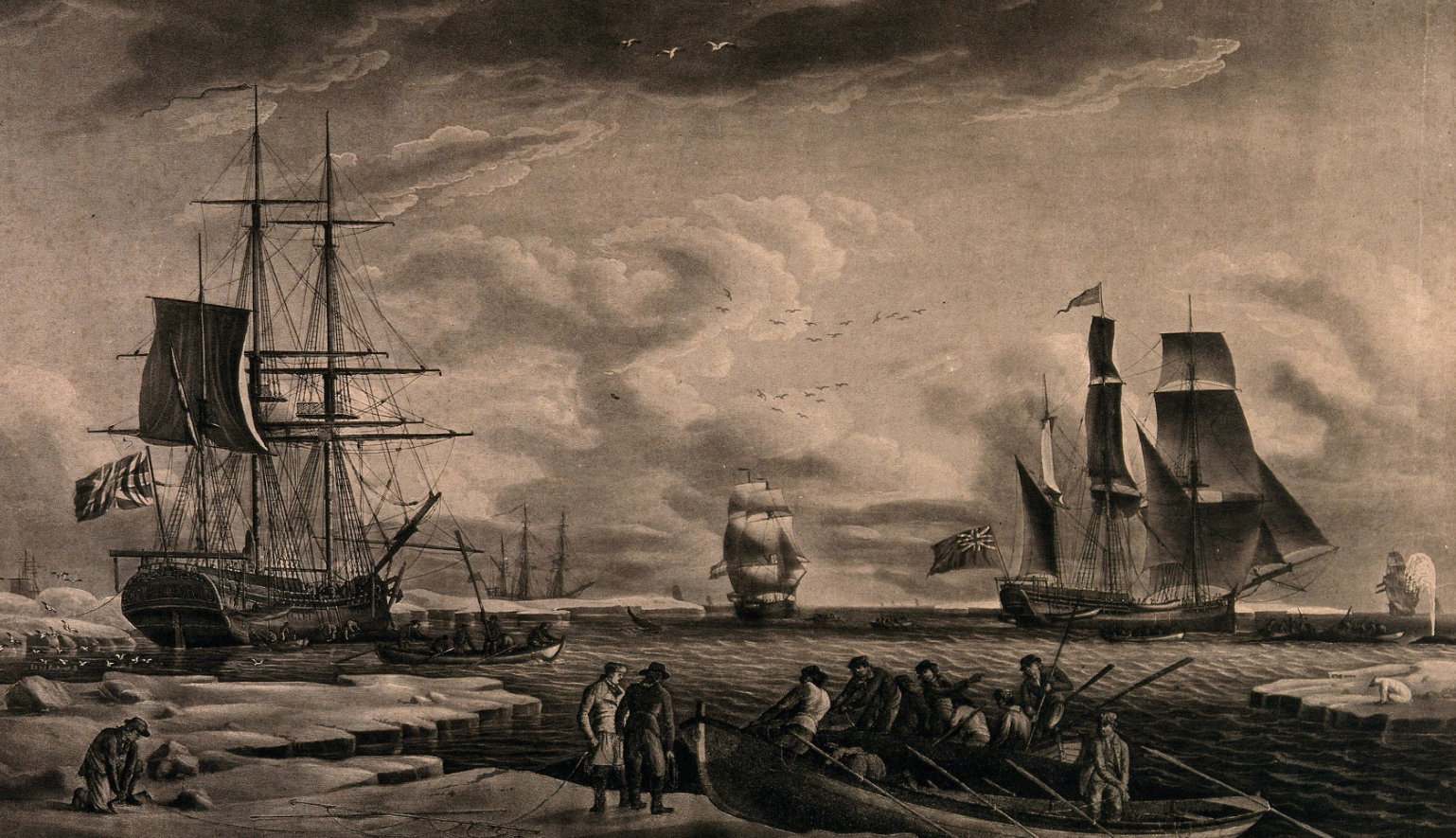Many of the ocean’s great whales were almost hunted to extinction in the 19th century at the hands of the commercial whaling industry. Unbeknownst to many, this multi-million-dollar industry was not driven by demand for meat, but by a strange commodity that became integral to the Industrial Revolution.
Whale oil is sourced from the blubber of whales, such as bowhead whales and right whales. There is also sperm oil, a similar substance harvested from the blubber of sperm whales. These oily concoctions were used prolifically in the 19th century to fuel oil lanterns, make soap, and lubricate the machinery that powered the Industrial Revolution. Much of the modern world was essentially built on this strange stuff, but getting our hands on it came at a terrible cost.
Humans have been hunting whales since prehistoric times. Some of the earliest evidence of whaling comes from an 8,000-year-old rock engraving discovered in Korea, known as the Bangudae Petroglyphs.
Throughout much of this long history, whaling was sustainable and had little ecological impact as the animals were hunted in low enough numbers that the population could naturally maintain itself. The commercial hunting of whales emerged in Europe during the early Middle Ages by the Basques and later the Dutch when whale oil was needed to fuel the lamps that lit up fast-growing cities.

A 1789 illustration by Robert Dodd showing sailors arriving at Greenland to kill whales.
Commercial whaling became turbo-charged by the Industrial Revolution when demand for whale oil skyrocketed and shipping was made easier thanks to strong steel ships powered by steam engines. The Netherlands, Britain, and other European countries initially led the way, but their whaling industries were eventually overshadowed by the Americans.
At its peak, whaling was said to be the fifth-biggest industry in the US. Following the War of 1812, the whaling industry in the US is said to have entered its “Golden Age.” By 1850, the city of New Bedford in Maschuttes had become the richest city in the US per capita, almost solely down to the whaling industry. In 1853, In the industry’s most profitable year, sales of whale products totaled $11 million (approximately $434 million in today’s money.)
The toll on whale populations was immense. Records from the time are hazy, but it’s widely believed over 480 gray whales were killed each year on average between 1855 and 1865, almost annihilating the eastern North Pacific breeding population. Species such as bowhead whales and right whales were pushed to the brink of extinction by the early 20th century.
Over in the Pacific Ocean, whaling was equally a lucrative business for Australia. During the 19th century, up to 58,000 southern right whales were slaughtered, around 80 percent were killed in just two decades between 1830 and 1849.
In the latter half of the 19th century, the industry fell on hard times. Whales were becoming increasingly scarce due to wreckless overexploitation. Meanwhile, the birth of the American petroleum industry in 1859 introduced fossil fuels to the market, replacing the need for whale oil, which was a costly, dangerous, and unsustainable enterprise.
Whaling did continue, but it never reached the scale of the early- to mid-19th century. It wasn’t until 1986 that the International Whaling Commission (IWC) declared a moratorium on commercial whaling, officially marking the end of the whale oil market.
The days of whaling in North America are over, with the exception of some Native peoples who are granted permits by the IWC to hunt bowhead whales in keeping with their traditions.
A small handful of countries – notably Iceland, Norway, and Japan – still commercially hunt whales for their meat, although outrage from the international community is slowly putting pressure on them to consign this bloody business to the history books.
Source Link: Whaling Was Once A Big Industry In The US, But It Wasn't Meat They Were After